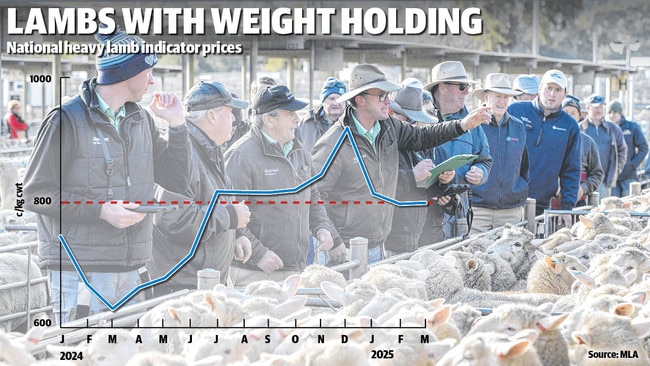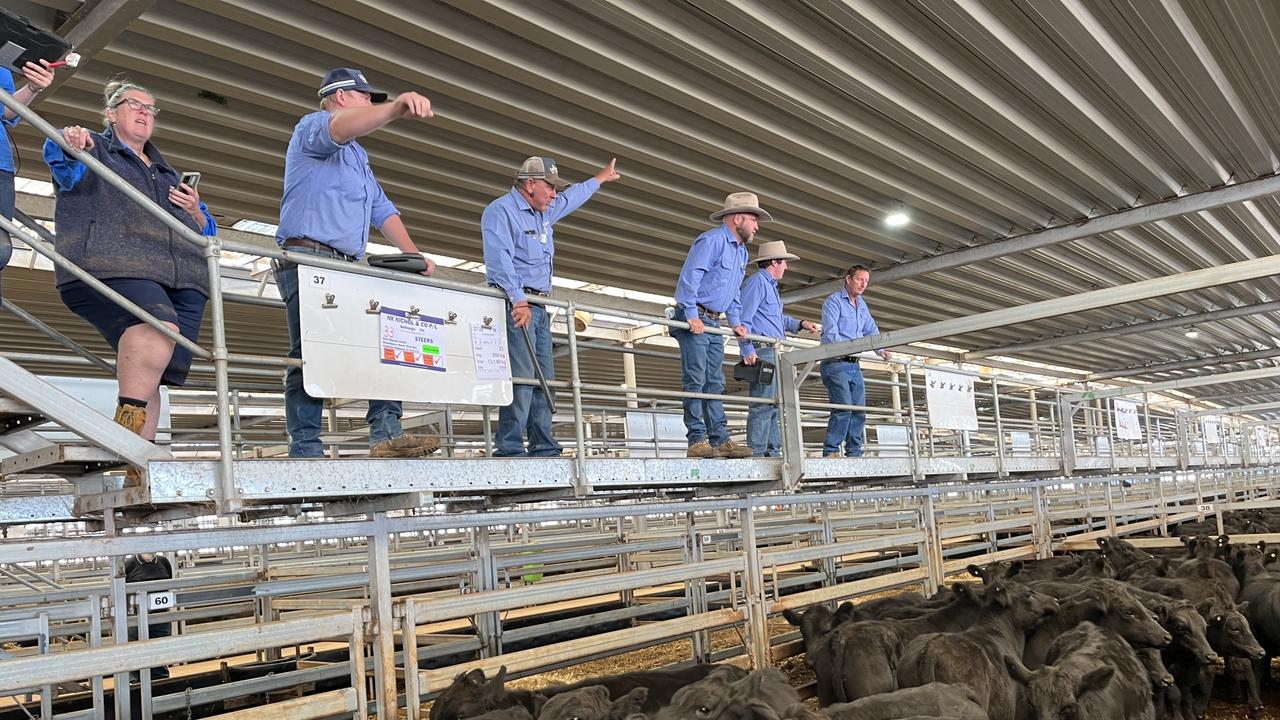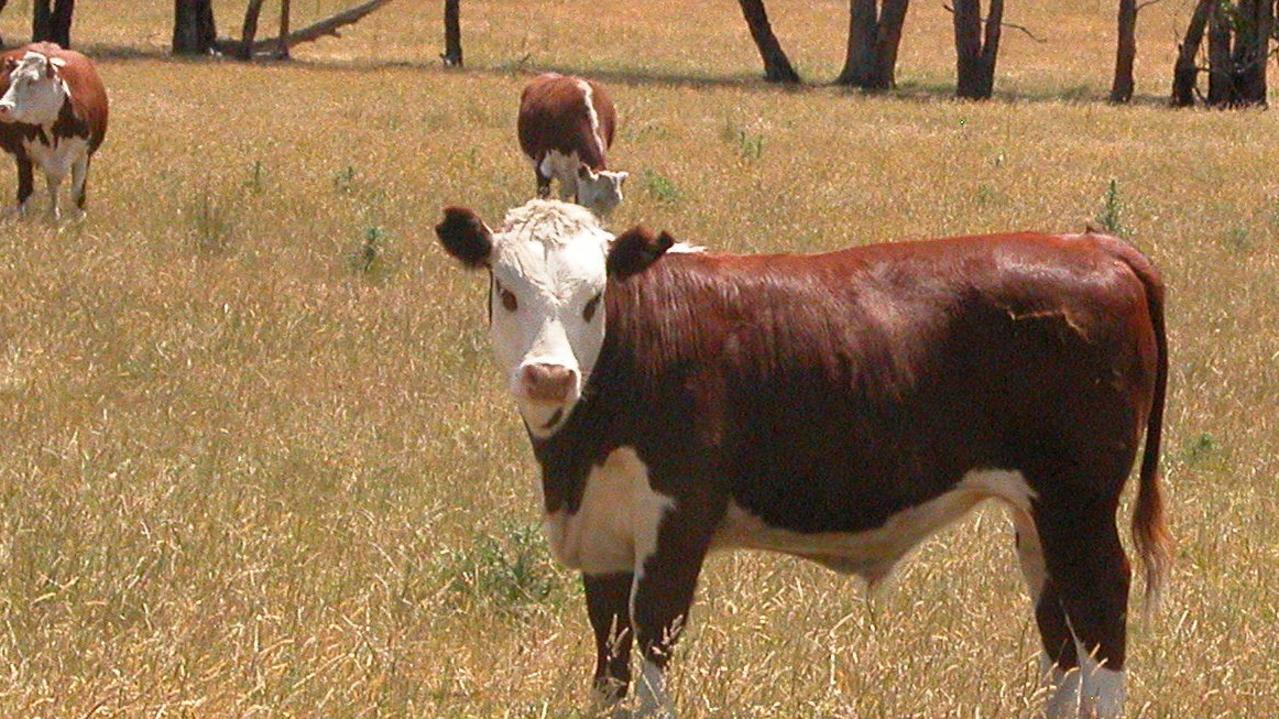Heavy lambs stable above 800c/kg carcass weight
The price consistency of the heavy lamb market has not really been celebrated but the industry is heading towards a 12-month run above the trend line of 800c/kg carcass weight.

The price consistency of the heavy lamb market has not really been celebrated but the industry is heading towards a 12-month run above the trend line of 800c/kg carcass weight.
While there has been sharper and higher price peaks in the past decade, this past season has been one of the most stable for heavy lamb transactions, particularly if you take the somewhat artificial high of 900c/kg-plus achieved briefly at Christmas time.
Data from the National Livestock Reporting Service shows the national heavy lamb indicator has averaged above 800c/kg each month since July last year (see graphic on this page).
The 800c/kg line is viewed as significant, especially for lamb feeders as at this level it is possible to push into the $200-plus returns for lambs of reasonable weight – and well into the mid $250 range for export lambs and $300-plus for super heavies.
This is the sort of dollar-a-head money that, psychologically at least, puts producers into the frame of mind that there is a financial return in breeding or feeding prime lambs.
A key part of the performance has been strong demand and export lambs sales to the US.

A processor The Weekly Times spoke to, argued lamb was at “the upper echelons” of value in the US and their company meat traders were telling them they were hitting price resistance, meaning if Trump was to slap the sector with a big tariff – as of Thursday morning a 10 per cent tariff has been placed on Australian imports into the US – they wouldn’t be able to claw it back from US clients who wouldn’t pay more for the meat.
It seems there could be an element of truth to the pricing claim, with the latest available data showing Australian imported lamb cuts have been at historical highs in the US market.
Just recently Steiner Consulting, the noted US based livestock analysis firm, put out its latest briefing on the US lamb market, which covered 16 pages of pricing and data on both the local US production and imported product.
It looked at the two biggest chilled products which flow into the US from Australia – boneless lamb legs and lamb shortloins.
The boneless leg category just came off a price high of US660c to be more than $2/kg above where it was tracking 12-months ago, the Steiner Report said. The shortloin price had also went above US$6 in the late December and January period.
It all fed into a huge spend by the US on imported sheepmeat products in January. According to Steiner the value of imported lamb, mutton and goat meat into the US during January was up 38 per cent on a year ago at US$39,193,588. Out of this Australia dominated sales at a value of $34.8 million.
However, the US market appears to have weakened from these exceptional New Year figures, while still remaining at high levels.
For example the price trend for chilled boneless lamb into the US has gone from a high of US600c/pound in early January to be listed at US551c/pound in mid March (latest available data). But this is still 23 per cent higher than year ago levels.
Steiner said the imported lamb market had steadied.
“Lamb imports from Australia were off to a strong start in January but have slowed down ever since,” it said.




